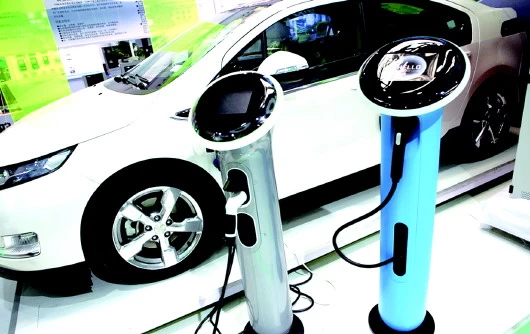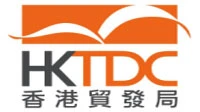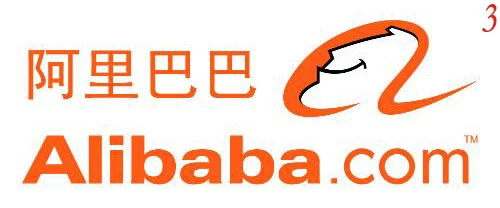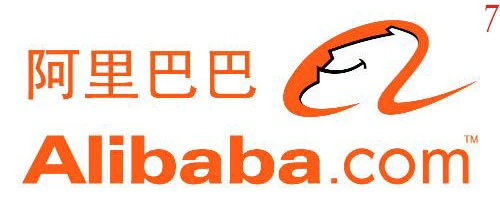Dynamic Adjustment Subsidy Forces Innovation in New Energy Vehicles
2018-06-25 10:04:54
 If the long-term implementation of Pratt & Whitney's new energy vehicle subsidy policy, it is easy for enterprises to suffer from policy dependence, rickets, lack of technical development and product upgrading power and pressure, but also easily lead to low-level repeated construction of the industry. Whether new energy vehicles can go far and run steadily depends on the company’s R&D, innovation and market acceptance. Only by making changes in the market, linking the amount of subsidies to product technology and product quality, and strengthening the positive incentive role of subsidy policies to promote technological progress, can it be possible to differentiate powerful companies and superior products.
If the long-term implementation of Pratt & Whitney's new energy vehicle subsidy policy, it is easy for enterprises to suffer from policy dependence, rickets, lack of technical development and product upgrading power and pressure, but also easily lead to low-level repeated construction of the industry. Whether new energy vehicles can go far and run steadily depends on the company’s R&D, innovation and market acceptance. Only by making changes in the market, linking the amount of subsidies to product technology and product quality, and strengthening the positive incentive role of subsidy policies to promote technological progress, can it be possible to differentiate powerful companies and superior products.After a four-month transition period, the New Energy Vehicle Subsidy New Deal was officially implemented in recent days. According to the new policy, the models entering the subsidy list have put forward higher and stricter requirements in terms of cruising range, energy consumption per hundred kilometers, and comprehensive indicators in various aspects. Undoubtedly, the "dynamic adjustment" of the subsidy policy for new energy vehicles has a positive significance in forcing companies to improve their technological innovation capabilities and launch more market-competitive products.
China is one of the first countries to start new energy vehicle development strategies and financial subsidies to develop new energy vehicles. Since the demonstration and promotion of new energy vehicles began in 2009, the finance department has been working with relevant departments to continuously innovate ideas and improve policies, and has issued a number of supporting policies such as financial subsidies, taxes, infrastructure incentives, and government procurement, covering research and development, production, and consumption. The operation and other links formed a set of policies to support the development of the new energy automotive industry. Under the guidance and support of this policy system, China has become the world's largest producer and consumer of new energy vehicles, and it has formed a certain leading edge in the new energy automotive industry.
However, the implementation of the financial subsidy policy has also brought about some new problems. On the one hand, as the base of production and sales of new energy vehicles increases, the financial burden on the central and local governments becomes heavier and heavier. Statistics show that as of the end of 2017, national and local fiscal subsidies have exceeded 100 billion yuan. On the other hand, some companies rely too much on subsidy policies and lack product innovation. A small number of enterprises have defrauded financial subsidies by issuing fake promotion quantity information and other methods, which have had a detrimental effect on the new energy automotive industry.
It should be said that the fiscal inclusion policy is effective for the early cultivation of new energy vehicle market, and it is also an international practice. At present, the major developed countries have all elevated new energy vehicles to the height of their national strategies. They have formulated corresponding support measures in terms of financial subsidies, tax incentives, and other aspects in corporate technology research and development, product sales, and consumer use. For example, the U.S. government has established fiscal subsidies and preferential tax policies for vehicle manufacturers and advanced power batteries and materials manufacturers including Tesla. The German government has promised to provide 1.2 billion euros of subsidy funds to promote the development of new energy vehicles.
The problem is that technological innovation is still a shortcoming of China's new energy auto companies, especially the power battery has not yet made a revolutionary breakthrough, which restricts the development and growth of new energy vehicles. If the long-term implementation of Pratt & Whitney's new energy vehicle subsidy policy, it is easy for companies to suffer from policy dependence, rickets, lack of technical development and product upgrading power and pressure, but also easily lead to low-level repeated construction of the industry, resulting in excess capacity.
Due to the large scale of the auto industry, it has a strong ability to drive local economy, taxation, and employment. In previous years, some places have tried every means to seize new energy vehicles' “spouts”, regardless of whether they have resource endowments and industrial foundations, and they are quick to add projects. According to the National Development Plan for New Energy Vehicle Industry, by 2020, the annual production and sales of domestic new energy vehicles will reach 2 million. However, the data from the China Circulation Association shows that only from 2015 to the end of June 2017, more than 200 new energy vehicle projects have been completed in China, and the related investment amounted to more than 1 trillion yuan. All types of car companies have been made public The new energy vehicle capacity planning is over 20 million vehicles. This set of figures has triggered people's concern that the new energy automobile industry will "be as surplus as the photovoltaic industry." It really needs to be vigilant.
Whether new energy vehicles can go far and run smoothly depends on the company's R&D and innovation capabilities and market acceptance. The core is whether the supply side can provide consumers with affordable products and services that exceed expectations. Therefore, only by changing the market, by improving the technical threshold of the recommended vehicle model list, and establishing a dynamic catalog adjustment mechanism so that the subsidy amount is linked to the product technology level and product quality, and strengthening the positive incentive effect of the subsidy policy on promoting technological progress, the survival of the fittest will be possible. , Make powerful enterprises and superior products come to the fore and truly empower the high-quality development of enterprises and industries.



















